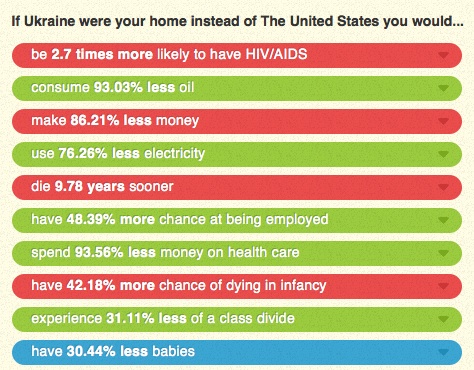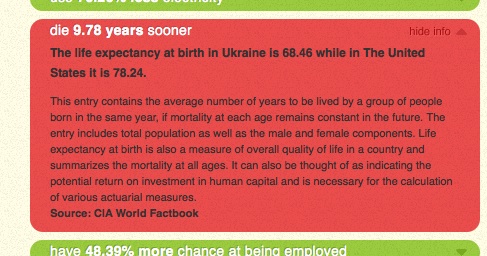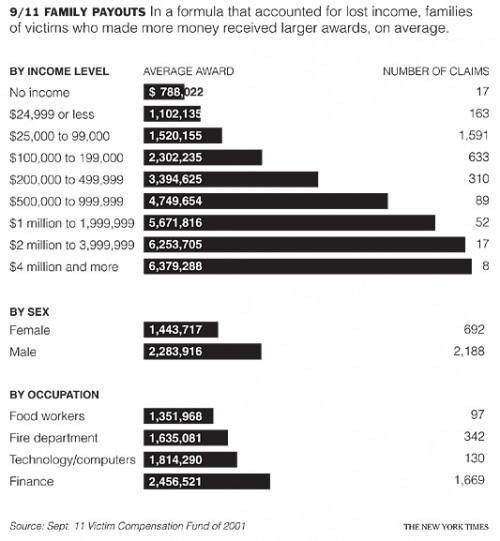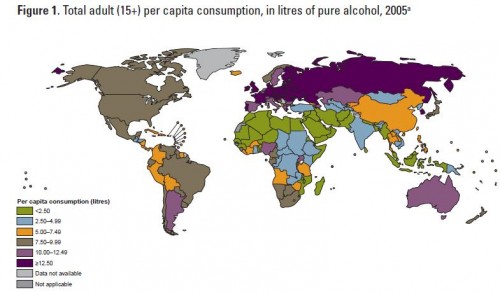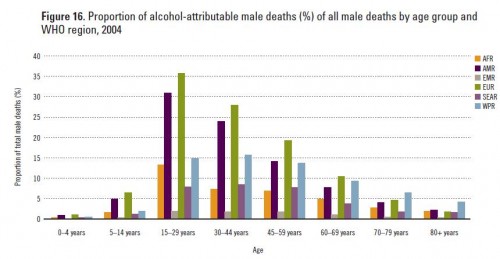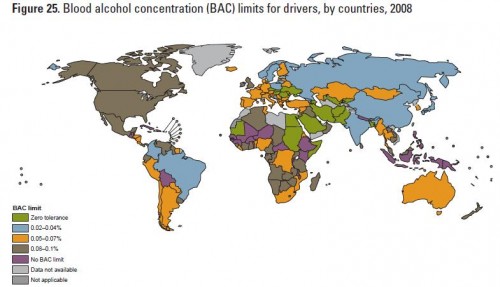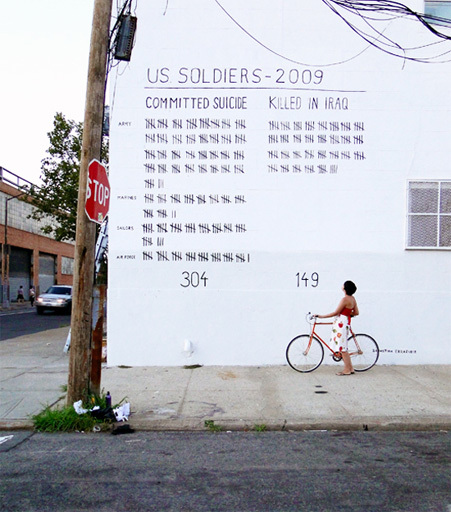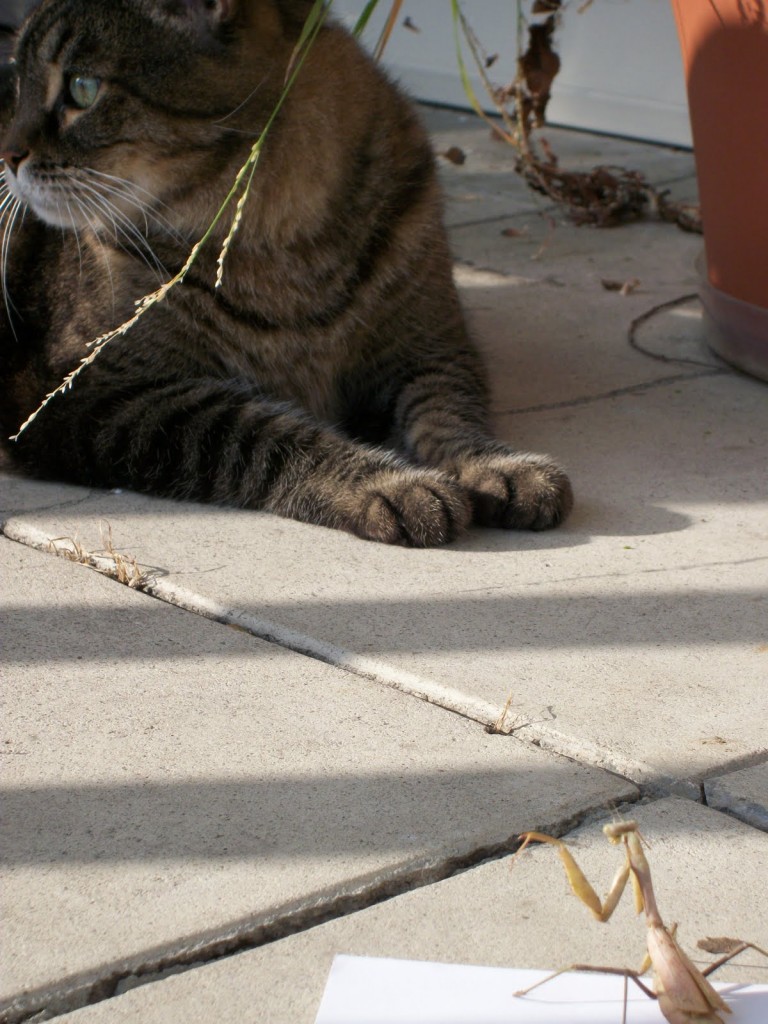I have posted before about the ways those who handle the dead may try to humanize themselves so as to avoid the stigmas often associated with their jobs. Individuals who have jobs that require them to touch or be around dead bodies often find they are negatively stereotyped as creepy, gross, or as taking advantage of families in times of pain. They engage in various strategies to try to resist those stereotypes, including redefining the job and attempting to present it as something valuable and respectable (a “funeral director,” after all, sounds much nicer and more professional that “undertaker” or “mortician”).
In my previous post I discussed the Men of Mortuaries calendar, which presented shirtless male funeral directors in hunky poses. Now we have an example of women doing something similar. Christie W. sent in a link to the Funeral Divas website, which clearly tries to present women working in the funeral industry in a positive light:
From the site’s homepage:
A Funeral Diva is a strong, confident and successful woman who works in the funeral industry. She is not ashamed of her career! She is proud to serve hurting families!
So here, women who work in the funeral industry are hip, fun, successful career women — not creepy people who like being around dead bodies, and not individuals who profit from families’ grief.
Of course, in addition to presenting female funeral directors positively, the site also attempts to support women working in a field that has been male-dominated since preparing and burying our dead moved from an informal family activity to a formal business. However, women’s presence in this industry is growing. In 2008, the New York Times reported that women made up 35% of mortuary school students in 1995, while in 2007 60% were female; at some schools women make up nearly 75% of the student body. Interestingly, the article focuses on how the funeral industry has changed to include more concern for handling grieving individuals and, thus, the increased need for “the caring factor” — which presumably makes women seem like a better fit for the job, as they are assumed to be for other types of jobs that require lots of nurturing and emotional work.
Despite this, an article in the Christian Science Monitor discusses the barriers women in the industry continue to face. This year, New York’s Attorney General filed a lawsuit against one mortuary school, the Simmons Institute of Funeral Services, and its CEO, alleging repeated sexual harassment of female student and discrimination against pregnant women, a violation of Title IX.
So women in the funeral industry have to contend with the general negative stigma associated with their job, as well as the usual issues faced by women entering a previously male-dominated field. Funeral Divas is an interesting attempt to address both of these sets of problems at once.


